Rope is an increasingly common product in both work and daily life. Therefore, the materials used to make ropes are receiving growing attention and emphasis to create quality products that meet diverse human needs and purposes. Let's explore the top 5 most common rope-making materials in the article below:
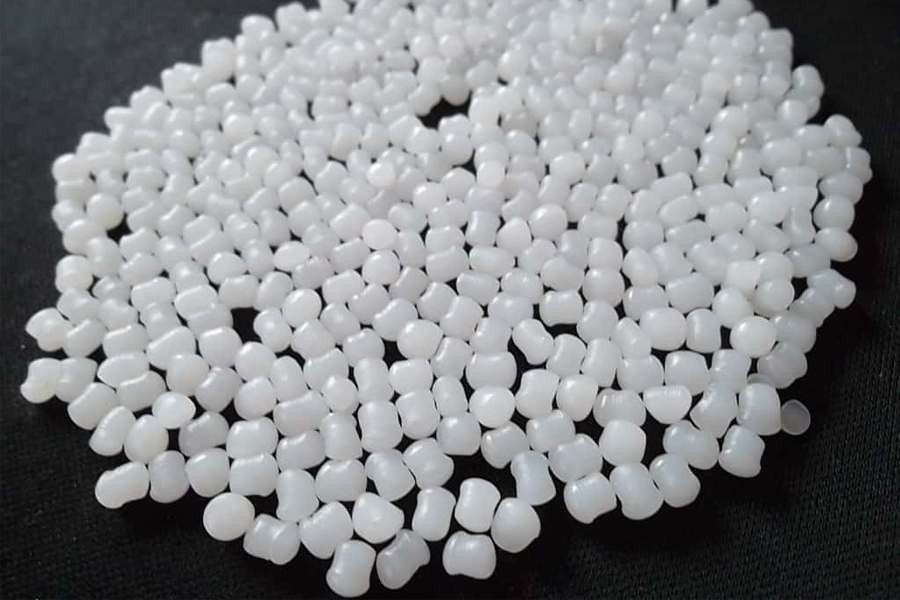
Pic1: PP Resin
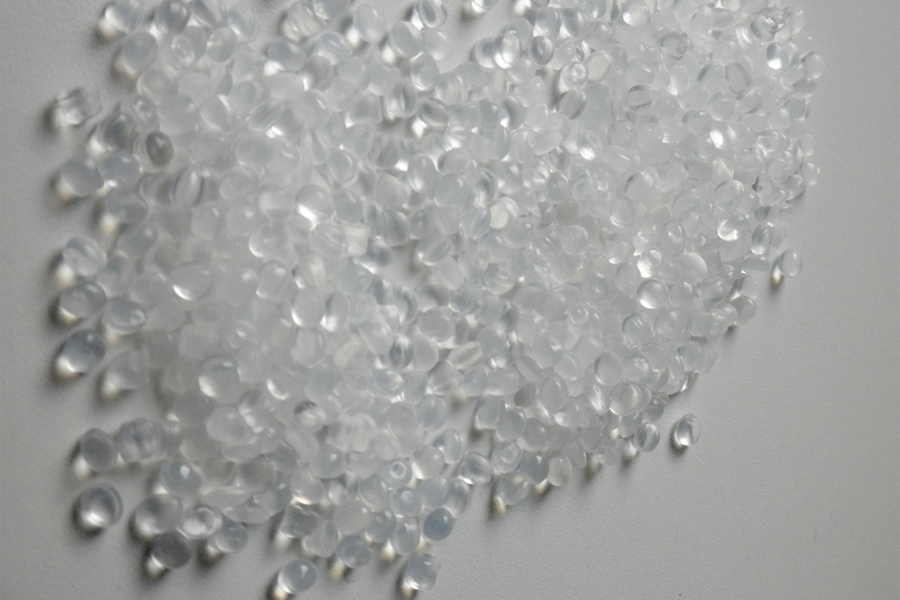
Pic2: PE Resin
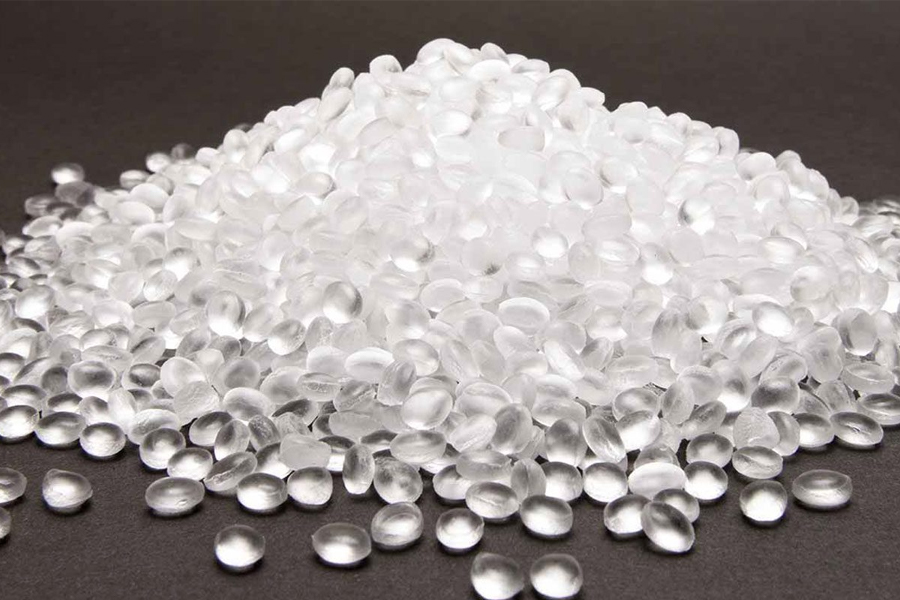
Pic3: PET Resin
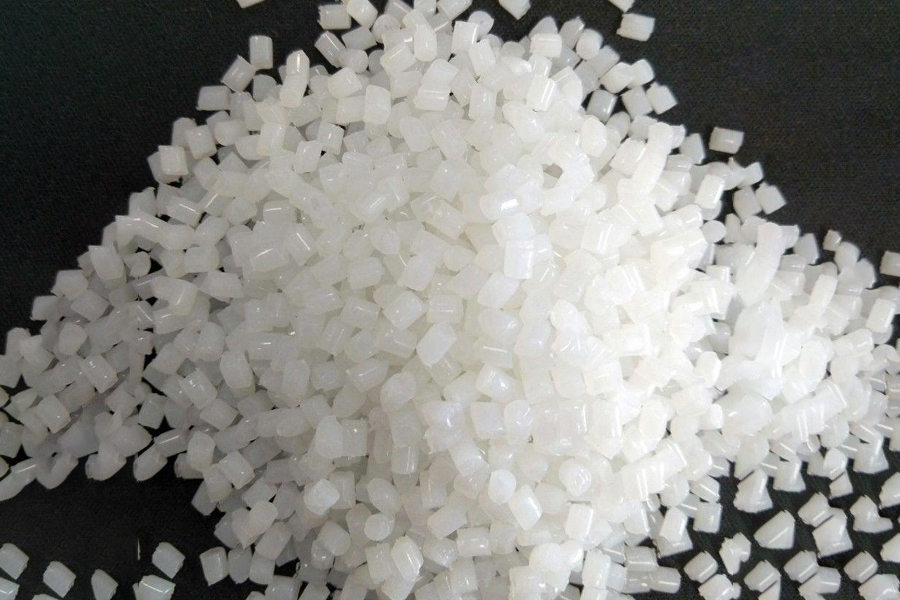
Pic4: Nylon Resin
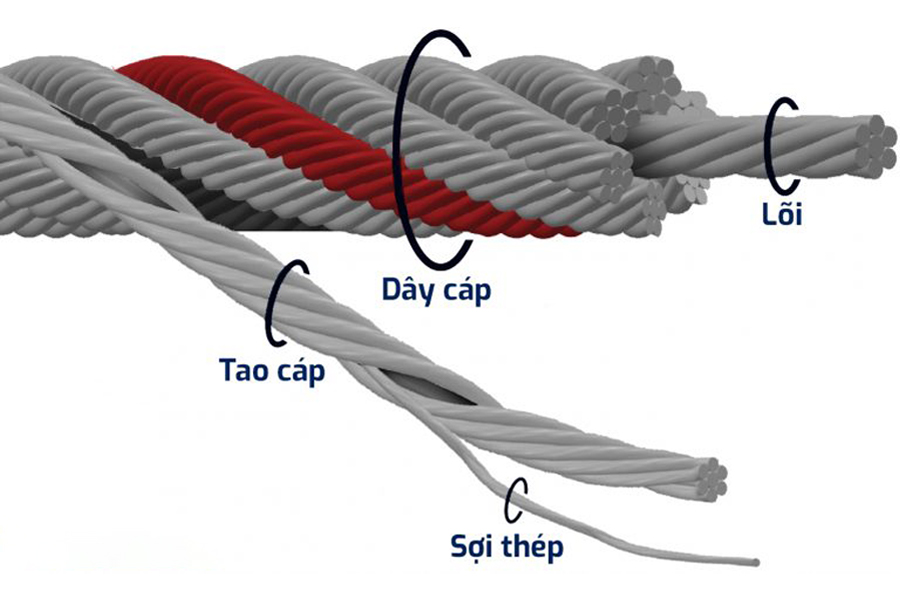
Pic5: the structure of steel cable
In summary, the five most common types of materials widely used in everyday life are:
Depending on the intended use, each material produces different types of ropes suitable for specific purposes.
For customers interested in purchasing ropes made from PP, PE, and PET plastic pellets, meeting European standards and international tensile strength requirements, please contact Siam Brothers Vietnam through the following communication channels:
Siam Brothers Vietnam Joint Stock Company
Tel: (+84) 28 38 912 889
Hotline: 1800 6129
Website: siambrothersvn.com
Fanpage: facebook.com/siambrothersvn
Email: info@sbg.vn
Youtube: youtube.com/@siambrothersvietnam1728
Twitter: twitter.com/sbvnjsc
OA Zalo: zalo.me/1402339229697925373
App SBVN ID: